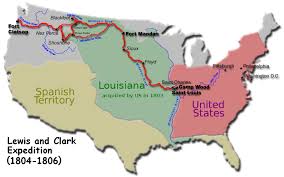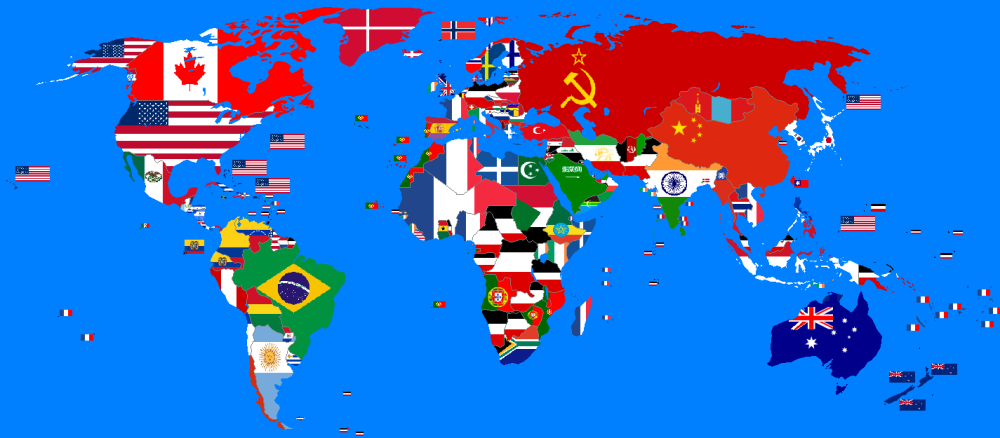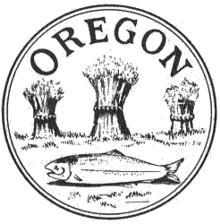Author: Madison Middle School

james chatters picture with kenniwick manns skull Paleo History Isabelle, Maggie,and Melody
Biography on Meriwether Lewis – by Sam and James
Biography on Meriwether Lewis. Meriwether Lewis was an American explorer, who with William Clark led the Lewis and Clark Expedition through the uncharted American interior to the Pacific Northwest in 1804–06. He later served as governor of Upper Louisiana Territory. The Lewis and Clark Expedition spanned 8,000 mi (13,000 km) and three years, taking the Corps of Discovery, as the expedition party was known, down the Ohio River, up the Missouri River, across the Continental Divide, and to the Pacific Ocean. Lewis served as the field scientist, chronicling botanical, zoological, meteorological, geographic and ethnographic information.
Oregon Trail Map – Emily

https://familysearch.org/learn/wiki/en/Oregon_Trail
Beginning in Missouri, the trail snaked through Kansas, Nebraska, Wyoming, Idaho and Oregon, while also touching parts of Washington and Iowa.
Boeing B-17 Flying Fortress Bombing Raid

Oregon trail
Land Explorations of Lewis and Clark
Made by the people Ethan Borg, and Noah Charleston
Chief Joseph – by Triston
Over the course of four long months, Chief Joseph and his 700 followers, a group that included just 200 actual warriors, embarked on a 1,400-mile march toward Canada. The journey included several impressive victories against a U.S. force that numbered more than 2,000 soldiers.
But the retreat took its toll on the group. By the fall of 1877 Chief Joseph and his people were exhausted. They had come within 40 miles of the Canadian border, reaching the Bear Paw Mountains of Montana, but were too beaten and starving to continue to fight.
Having seen his warriors reduced to just 87 fighting men, having weathered the loss of his own brother, Olikut, and having seen many of the women and children near starvation, Chief Joseph surrendered to his enemy, delivering one of the great speeches in American history.
“I am tired of fighting,” he said. “Our chiefs are killed. Looking Glass is dead. Toohoolhoolzote is dead. The old men are all dead. It is the young men who say, ‘Yes’ or ‘No.’ He who led the young men [Olikut] is dead. It is cold, and we have no blankets. The little children are freezing to death. My people, some of them, have run away to the hills, and have no blankets, no food. No one knows where they are—perhaps freezing to death. I want to have time to look for my children, and see how many of them I can find. Maybe I shall find them among the dead. Hear me, my chiefs! I am tired. My heart is sick and sad. From where the sun now stands, I will fight no more forever.”

Final Years
Regarded in the American press as the “Red Napoleon,” Chief Joseph achieved great acclaim in the latter half of his life. Still, not even his standing among the whites could help his people return to their homeland in the Pacific Northwest.
Following his surrender, Chief Joseph and his people were escorted, first to Kansas, and then to what is present-day Oklahoma. Joseph spent the next several years pleading his people’s case, even meeting with President Rutherford Hayes in 1879.
Finally, in 1885, Joseph and others were allowed to return to the Pacific Northwest, but it was far from a perfect solution. So many of his people had already perished, either from war or disease, and their new home was still miles from their true homeland in the Wallowa Valley.
Chief Joseph did not live to see again the land he’d known as a child and young warrior. He died on September 21, 1904, and was buried in the Colville Indian Cemetery on the Colville Reservation in the state of Washington.
biography.com
oliver egan’s short biography on wwI in washington
Lee Marvin—Arlington National Cemetery
Lee Marvin was one of Hollywood’s biggest action stars in the mid-’60s. He was also a World War II veteran who was buried with full military honors in Arlington National Cemetery after he died in 1987.
credits to Washington news and politics
WW2 conquering map – by Akshay and Evan



